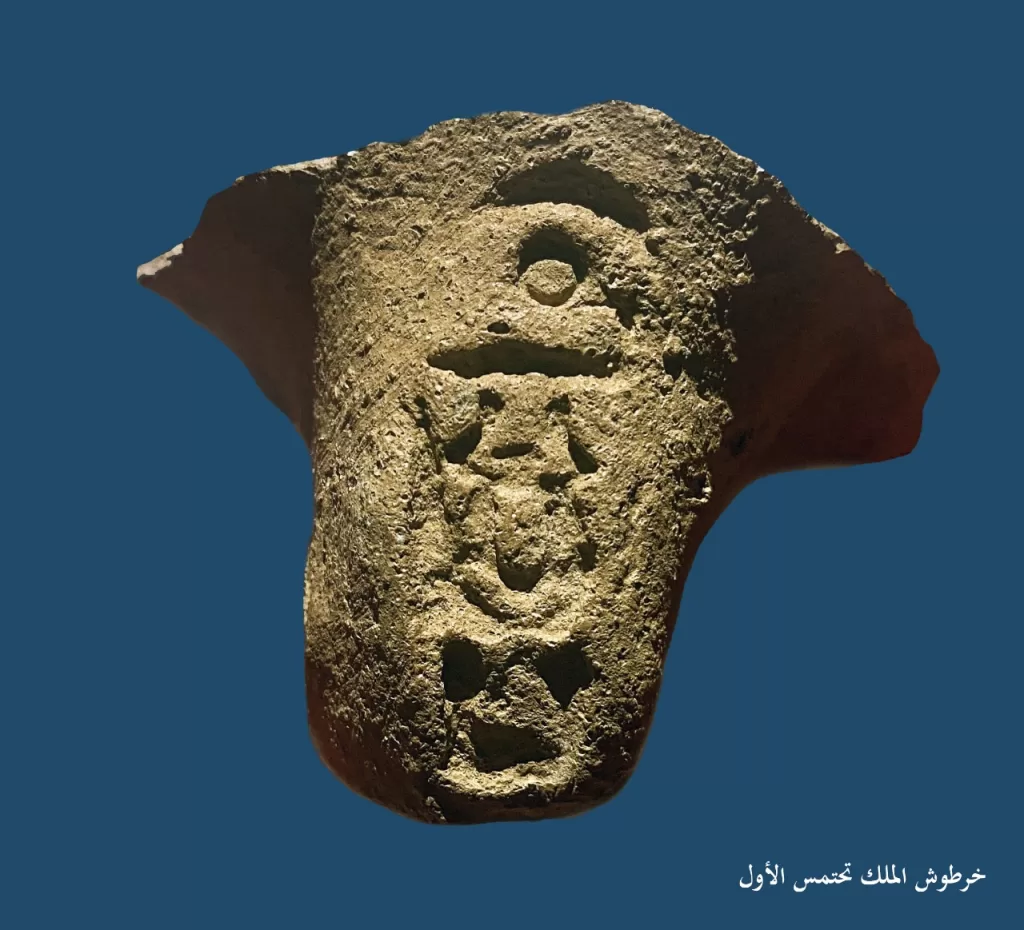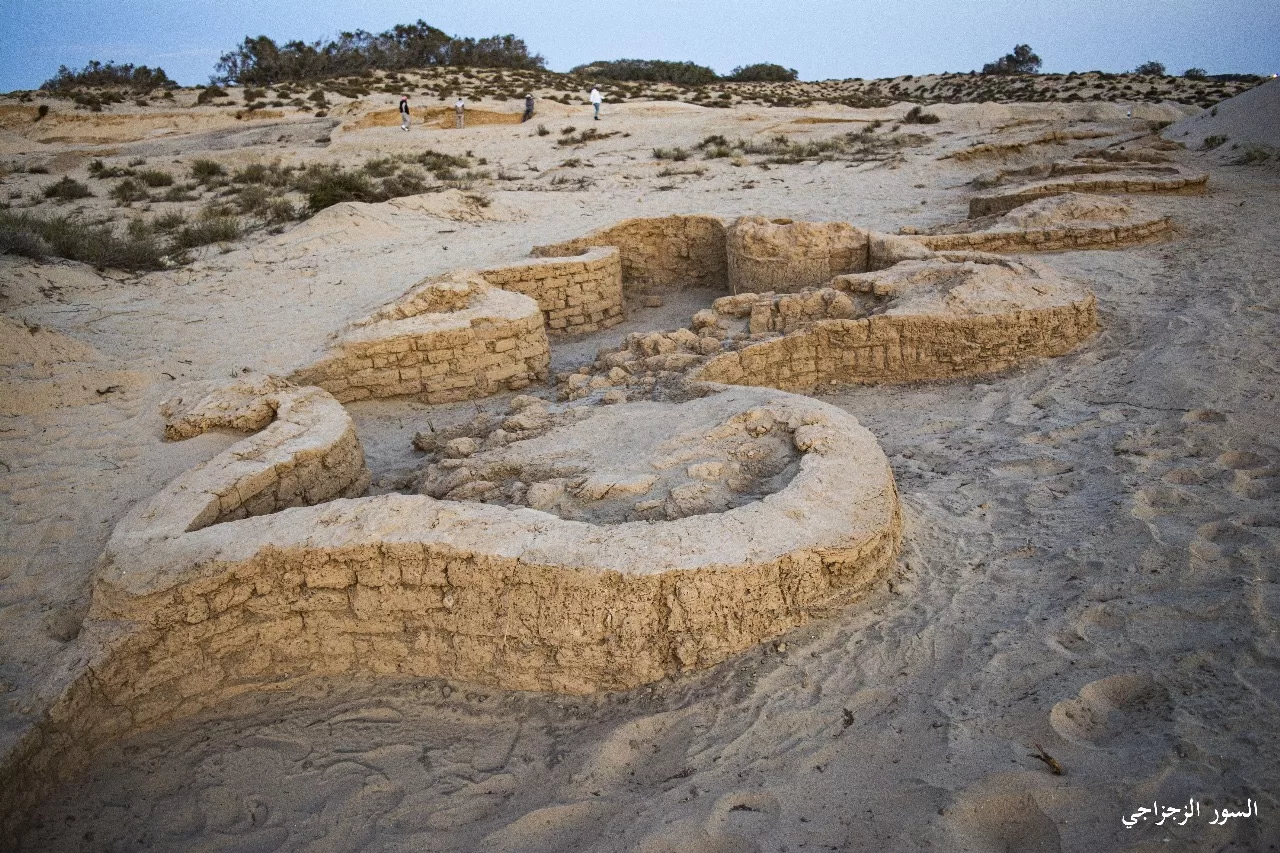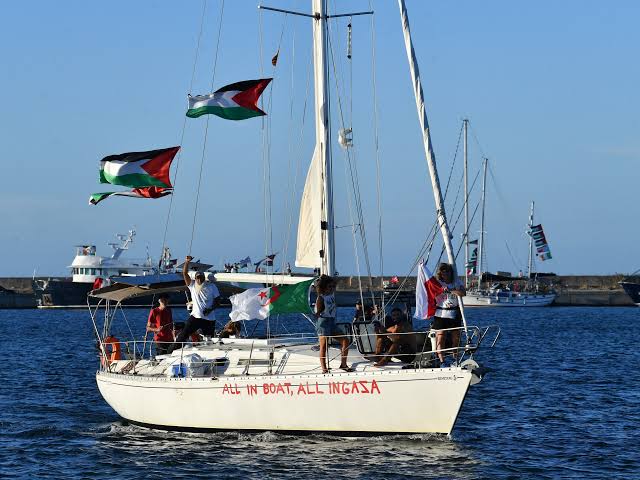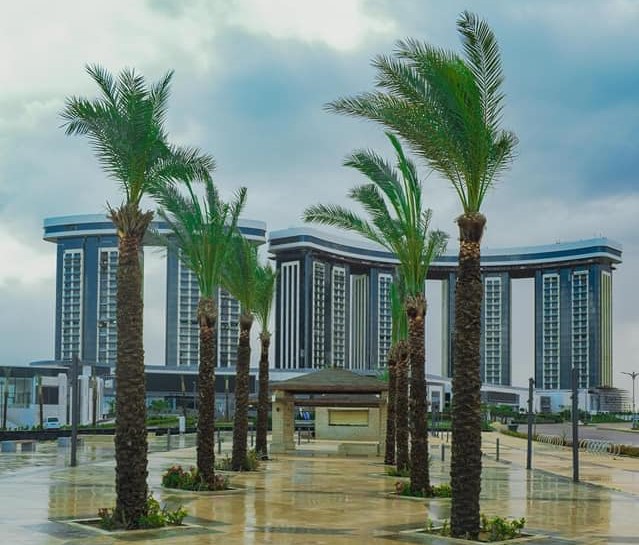Ancient fortress discovered in Sinai reveals New Kingdom military might
Source: Egyptian Gazette
In the sands of North Sinai, a stunning new chapter in ancient history has been unearthed. Egyptian archaeologists working near the Mediterranean coast at the Tell El-Kharoba site, close to Sheikh Zuweid, have discovered a vast military fortress dating back more than three millennia to the New Kingdom period of Egyptian civilisation.
Described by officials as one of the largest and most important fortresses ever found along the legendary Horus Military Road, the site further illuminates the extraordinary organisational genius and strategic planning of Egypt’s kings.
Winding its way between ancient Egypt and Palestine, this road was a vital military and commercial artery for centuries.
“This discovery is a living testament to the brilliance of ancient Egyptian military architecture,” said Minister of Tourism and Antiquities, Sherif Fathy. “It offers a new window into our military history and highlights Sinai’s pivotal role at the crossroads of civilisations.”
Located near the Mediterranean shoreline, the newly found fortress is estimated to cover 8,000 square meters, three times the size of a previously discovered fortress just 700 meters to the southwest.
With imposing walls, defensive towers, and zigzagging ramparts, the structure bears witness to a complex system designed both for fortification and adaptation to Sinai’s harsh, ever-shifting sands.
Archaeologists have already uncovered part of the southern wall, stretching some 105 meters with defensive towers and an unusual zigzag wall dividing a residential area for soldiers.
According to Mohamed Ismail Khaled, Secretary General of Supreme Council of Antiquities, each fortress uncovered along the Horus Road adds a crucial piece to the story of how ancient Egypt protected its eastern borders, reminding us that its civilisation was built on strong institutions as much as on majestic temples or lavish tombs.
The discovery is remarkable not only for its military features but also for the glimpses it provides into daily life three thousand years ago.


Ceramic pots and storage jars, including foundation deposits beneath the towers dating to the 18th Dynasty, alongside a bread oven with petrified dough and volcanic stones likely imported from the Greek islands, all paint a vibrant portrait of daily sustenance and international exchange at Egypt’s ancient outposts.
A particularly touching find was the handle of a vessel stamped with the cartouche of Pharaoh Thutmose I, an intimate imprint of a long-lost world.
Preliminary studies indicate that the fortress was used, restored, and modified across generations. The entrance, notably, was redesigned several times, suggesting shifting priorities or new threats across the centuries.
Excavators hope that further exploration will reveal a long-lost military harbor on the nearby coast.
The newly uncovered castle joins a remarkable chain of forts stretching across Sinai, including the famed sites of Tell Hebua, Tell Borg, and Tell el-Abyad, all dating to Egypt’s powerful New Kingdom.
Together, these discoveries underscore ancient Egypt’s determination to defend its land and control vital trade routes linking Africa and the Levant.
The original article: belongs to Egyptian Gazette .



